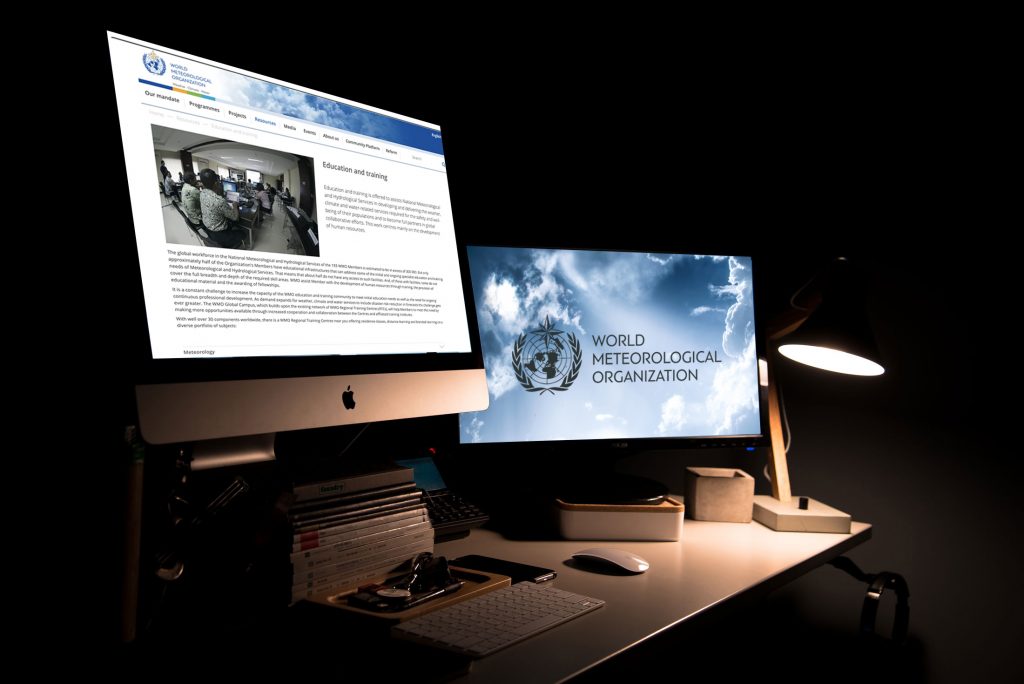T.O.P.
Seasonal Forecast
Course Package
A course package to share training resources.
A joint initiative of World Meteorological Organization and CNR-IBE, with the collaboration of MeteoSwiss.
Pubblication
Learning and teaching about seasonal climate forecasts: a Mediterranean educational experience toward operational climate services. | Vieri Tarchiani et al. | Special Issue: 17th EMS Annual Meeting: European Conference for Applied Meteorology and Climatology 2017
What is it
T.O.P. Seasonal Forecast is a shared set of online resources to enhance knowledge in the theory of seasonal forecasting and operational use of seasonal climate forecasts.
About
The training materials
goal
The goal of the online course is to allow seasonal climate forecast knowledge transfer to increase operational capabilities of the targeted users. It provides theoretical and practical set of knowledge on seasonal forecast and predictability models, climate and data analysis, forecast verification, and specific application of seasonal forecast for agriculture and water management.
The Training content
- Identify and manipulate seasonal forecast products and related information suitable for their specific interests
- Set up a verification analysis both for probabilistic and deterministic forecasts
- Identify proper strategies to transform model outputs into climate services for specific applications
The Structure
The course package includes model outline with learning objectives, case studies, in-depth studies, quizzes, structured bibliography, readings.

01.
The Modules Structure
On the basis of previous training experiences, the project team defined the course modules structure to better respond to user learning needs
02.
Selection and Analysis
The training materials from previous courses were selected and analyzed to fit the best set of resources for each module.
03.
Training Materials
Slide presentations, with audio or annotated comments, videos, documents.
The Course Package is organized in modules where each module contains a group of lessons focusing a specific topic.
- Learning Objective
- Lessons
- Exercises / Tutorials
- Case Studies
- Learning Activities
- Supplemental Resources
Essential guidelines
The T.O.P. Guide
for content adaptation.

/audience /learners
This course is designed for forecasters and climatologists with knowledge on general meteorology as well as physical and dynamic meteorology.
The course package addresses National hydro-meteorological service staff members who wish to improve climate services competencies or to specialize in Seasonal Forecasting. TOP provides theoretical and practical knowledge on seasonal forecast and predictability models, climate and data analysis, forecast verification, and specific application of seasonal forecast for agriculture and water management.
Some of this content will be covered briefly in the context of offering more specific expertise in climate predictions.
This approach will provide learners with a personalised learning path based on their interaction with learning components, following the idea that it is more effective to take into account different levels and needs rather than “one size fits all”.
Pre-requisite Knowledge
- Basic knowledge of the structure of the atmosphere, ranges of surface pressure and temperature
- Basic understanding of atmospheric dynamics and thermodynamics
- The general circulation of the atmosphere and oceans
- Weather analysis and forecasting
- Basic knowledge of remote sensing data
- Goal & Outcomes
WMO
Competency Framework
According to the Climate Services Competency Framework approved by the WMO Executive Council of June 2016, the training course addresses the Competency 3:
Create and/or interpret climate forecasts, climate projections and model output, and more specifically the following Performance Criteria.
- Locate, select and retrieve climate forecasts and climate models output generated by Regional Climate Centers, Global Producing Centers and other institution
- Create sub-seasonal, seasonal and longer scale forecast products
- Apply statistical and geostatistical analysis, including downscaling, to monitor the spatial distribution and temporal evolution of model output
- Evaluate the performance of climate models output and quantify the associated uncertainties
- Create value-added products, such as graphics, maps and reports to communicate climate forecasts and climate model information

Explore T.O.P.
The List of Modules
You can login/register to create a personal account and set up a personal profile to enrol.


